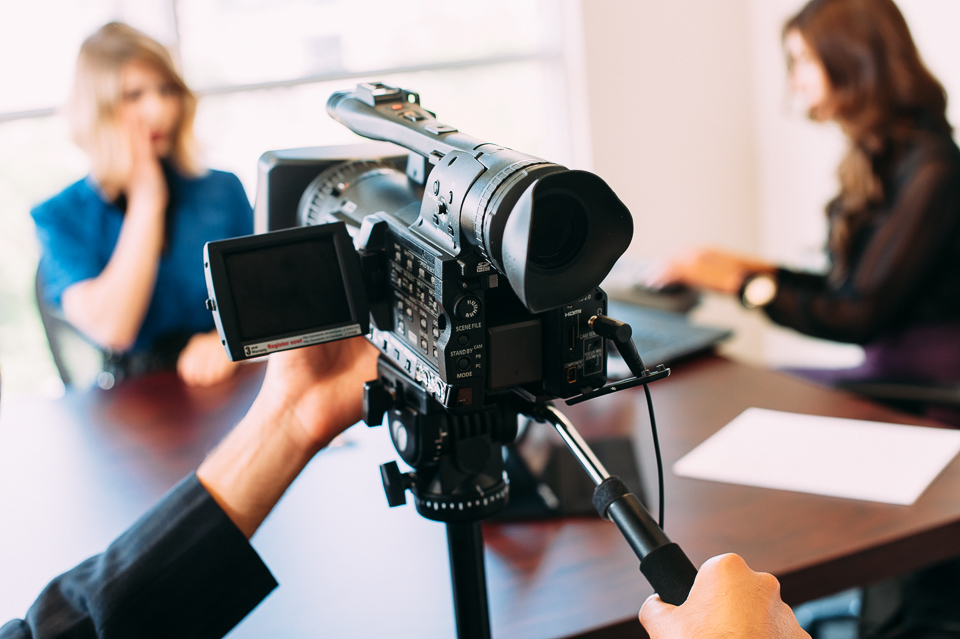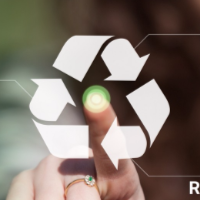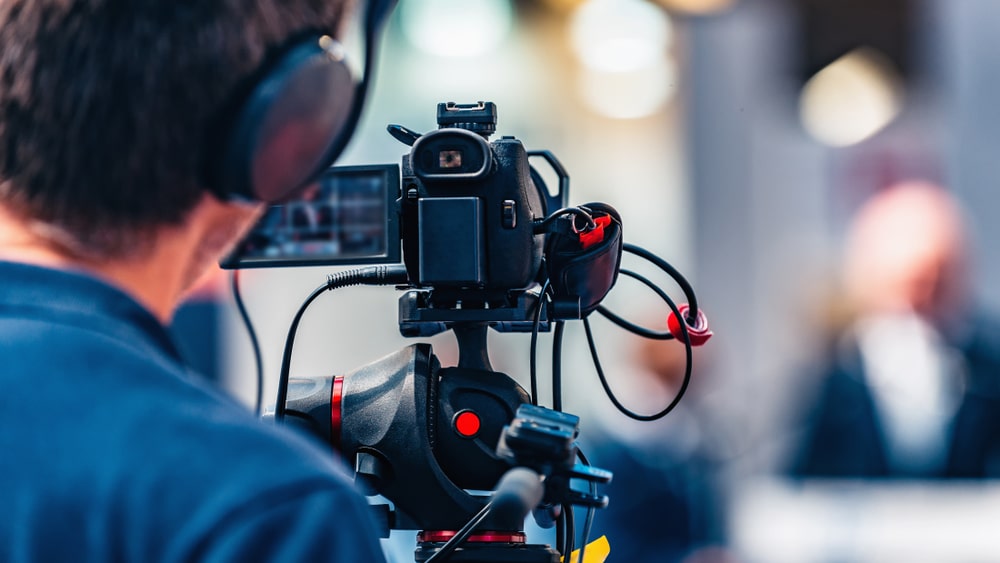Understanding the Role of Legal Videography in the Courtroom
Understanding the Role of Legal Videography in the Courtroom
Blog Article
Why Legal Videography Is Critical for Accurate Court Recordings
The role of lawful videography in court room setups can not be overemphasized, as it serves as a crucial device for preserving the stability of court documents. The implications of incorporating legal videography right into standard court room methods raise crucial questions regarding its more comprehensive impact on the legal system.
Significance of Visual Proof
In the world of lawful procedures, the importance of aesthetic proof can not be overemphasized. Visual proof serves as an effective tool in developing truths, proving testaments, and improving the total clearness of a case. This kind of evidence, which includes photos, videos, and layouts, can supply a tangible context that spoken descriptions typically do not have, thereby supplying courts and judges a more clear understanding of the scenarios bordering a situation.
Moreover, visual proof help in the retention of details. Human cognition is naturally aesthetic, and individuals are most likely to keep in mind and understand details provided in an aesthetic style. In the court room, this can be important, as engaging visual evidence can persuade opinions and reinforce the story presented by legal representatives.
Furthermore, making use of aesthetic evidence can decrease misconceptions and uncertainties that frequently arise from verbal exchanges. By giving a straight depiction of events, aesthetic evidence assists to eliminate subjective interpretations and cultivates a much more unbiased evaluation of the truths. The assimilation of visual proof right into lawful process not only reinforces the stability of the judicial procedure however likewise enhances the chance of attaining a simply end result.
Recording Non-Verbal Signs
Using innovative videography techniques can substantially boost the capture of non-verbal hints during legal process. Non-verbal communication, consisting of facial expressions, body movement, and eye get in touch with, plays a critical function in communicating emotions and objectives that may not be explicitly specified in verbal testament. legal videography. Legal videography employs high-definition video cameras and critical angles to guarantee that these refined cues are tape-recorded with clarity and precision
The capacity to assess non-verbal habits can provide important context to declarations made during court sessions. As an example, a witness's reluctance or confidence can be analyzed through their position or gestures, possibly influencing the jury's perception of reputation. Additionally, the use of close-up shots can help focus on an audio speaker's expressions, enabling a more nuanced understanding of the testimony.
Additionally, integrating multiple cam angles can develop a detailed view of communications, highlighting dynamics between celebrations included. This multifaceted technique not only improves the accuracy of the court document yet likewise help in preserving the stability of the judicial procedure - legal videography. Eventually, recording non-verbal hints via lawful videography promotes a richer, much more total representation of court proceedings

Enhancing Testimony Integrity
The integrity of statement can be considerably boosted with the use of top quality legal videography. Video recordings function as an objective medium that catches not just the view publisher site spoken words of witnesses but additionally the nuances of their delivery, including tone, pacing, and psychological expressiveness. This multifaceted documents provides a more clear understanding of the witness's integrity and intentions, which can be critical in lawful procedures.
Additionally, lawful videography decreases the possibility for misinterpretations that might emerge from created transcripts alone. When jurors can observe a witness's demeanor and body movement together with their testimony, they are much better geared up to assess the authenticity and dependability of the proof offered. This visual context can enhance the testimonial narrative, making it much more compelling and trustworthy.
In addition, the presence of a video recording can discourage potential disparities in statement. Witnesses might be extra mindful in their declarations when they know they are being recorded, bring about even more accurate and sincere accounts. On the whole, high-quality lawful videography boosts the integrity of statement, making certain that the court has accessibility to a full and genuine representation of the truths as shared by the witnesses.
Supporting Appeals and Reviews
Legal videography plays an essential role in sustaining appeals and review reviews by providing a detailed visual record of courtroom proceedings. This aesthetic documents catches not just the talked words of witnesses and lawyers yet likewise the nuances of body language, intonation, and court room dynamics. Such aspects can be essential in understanding the context of testimonies and disagreements offered.
In the appellate process, where the focus gets on errors of legislation and procedural justness, a video clip record can serve as a vital device for appellate courts. It allows judges to review the initial test context, making sure that decisions are based on a full understanding of the procedures. The ability to aesthetically evaluate the attitude of witnesses or the interactions in between celebrations can reveal understandings that written records may overlook.

Additionally, lawful videography can aid in making clear uncertainties in testaments or procedural judgments, thus reinforcing the basis for a charm. By supplying a trustworthy, objective account of what taken place in court, lawful videography not only sustains the honesty of the legal process yet likewise encourages all parties included to make enlightened decisions concerning their cases.
Simplifying Courtroom Procedures
Enhancing courtroom effectiveness, lawful videography simplifies processes by offering instant accessibility to aesthetic documents of process. This modern technology enables courts, lawyers, and courts to take another look at crucial statement and evidence, making sure that all events have a clear understanding of the instance. By recording the subtleties of spoken and non-verbal communication, videography enriches the record, making it simpler to understand the context and weight of statements.

Additionally, video clip recordings can help with remote engagement in hearings, enabling better flexibility in organizing and involvement, which Bonuses is specifically useful in complex situations involving several stakeholders.
Conclusion
To conclude, legal videography plays an essential duty in guaranteeing accurate court recordings by supplying essential visual proof that captures both spoken and non-verbal communication. This method boosts the reliability of testaments, sustains appellate reviews, and simplifies courtroom processes. By cultivating an extensive understanding of court characteristics, legal videography eventually adds to much more fair judicial outcomes, strengthening the honesty of the legal system and assisting in educated decision-making.
Report this page